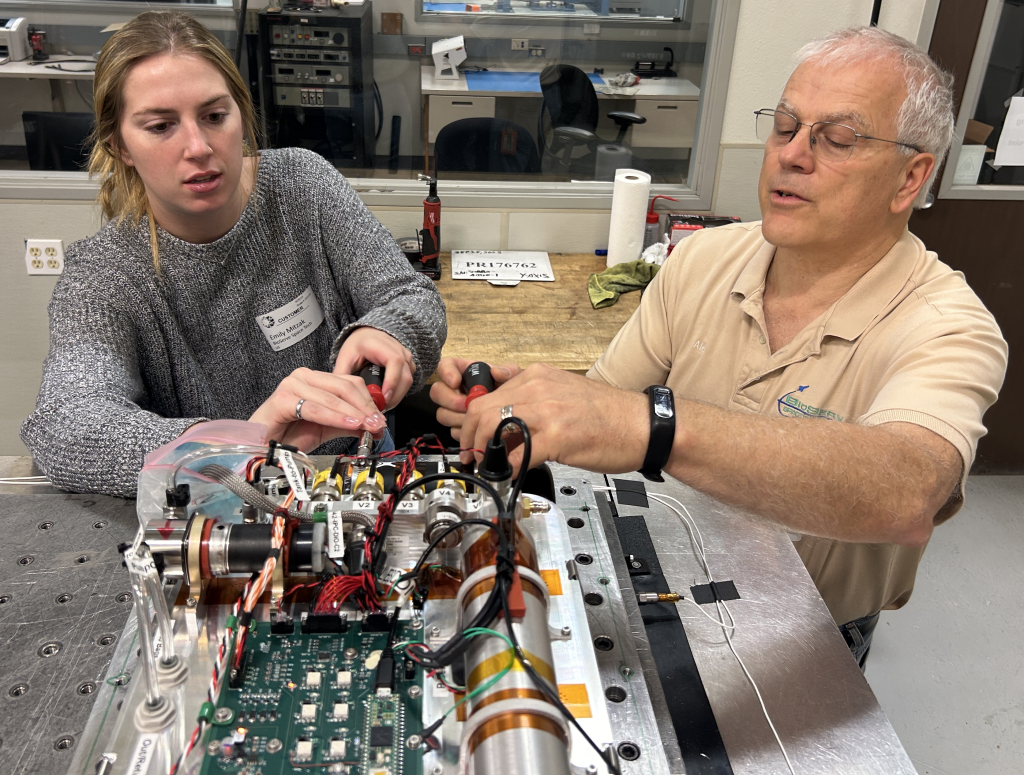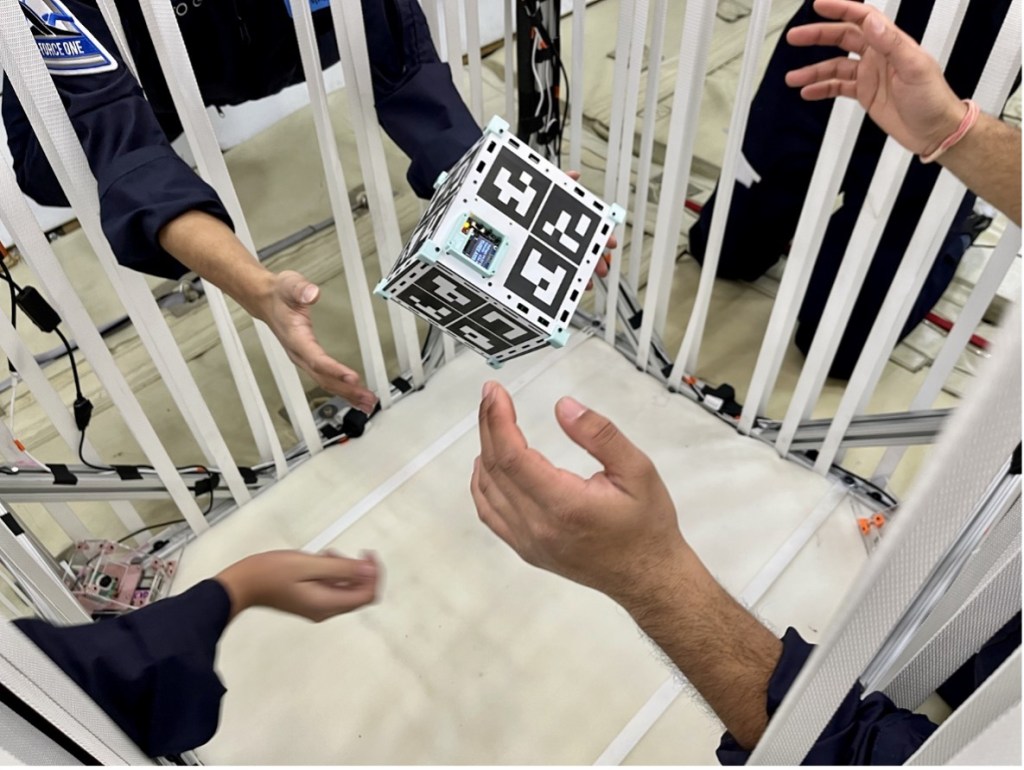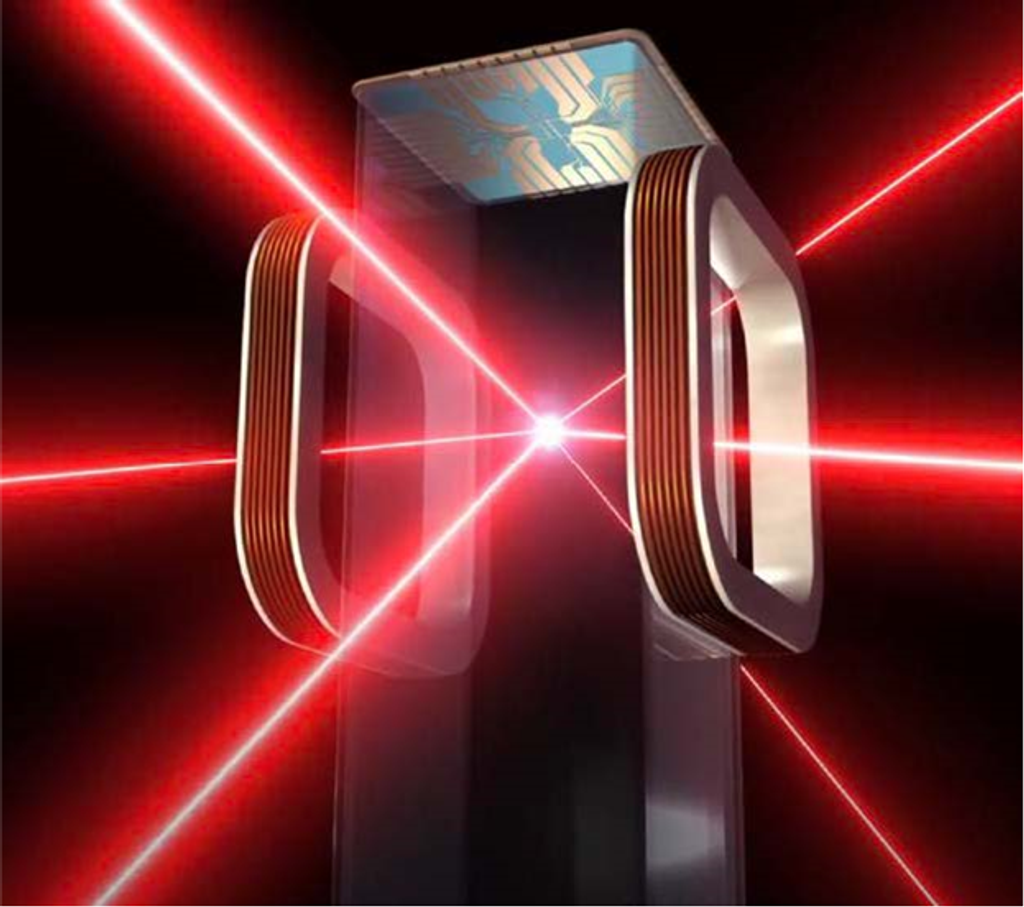


TechFlights 2023 Selections
NASA’s TechFlights solicitation enables researchers from U.S.-based industry, academia, and private research institutions to test technologies on commercial suborbital vehicles or orbital platforms that can host payloads.
Solicitation
NASA TechFlights 2023
Selection date
February 16, 2024
number of awardees
11
total value of awards
$6.6 million
Managed by NASA’s Flight Opportunities program, TechFlights aims to advance technologies that align with U.S. space exploration priorities and support the expanding space economy. This year, selected technologies will fly on reusable suborbital rockets, rocket-powered landers, and aircraft following parabolic profiles that achieve micro-, lunar, or Martian gravity.
The 2023 NASA TechFlights solicitation also included a call for technologies to support the agency’s Commercially Enabled Rapid Space Science (CERISS) initiative, part of the Science Mission Directorate’s Biological and Physical Sciences division.
This year’s selected technologies set out to address critical technology gaps facing NASA and the nation, including:
- In-space manufacturing capabilities
- Systems for landing and living on planetary surfaces
- Tools for in-space research
- Efficient spacecraft designs for deep-space missions
Arizona State University
Tempe, Arizona
A device that will evaluate the producibility and stability of ultrasmall nanobubbles at different gravity levels. These bubbles can potentially enhance water purification and other life support systems for astronauts on deep-space missions.
Flight Provider: Zero Gravity Corporation
Auburn University
Auburn, Alabama
A 3D printer designed to streamline and simplify in-space manufacturing of electronics for use in long-duration space missions as well as on Earth.
Flight Provider: Zero Gravity Corporation
Blue Origin
Kent, Washington
A sensor system designed to help spacecraft navigate and safely land on the Moon.
Flight Provider: Blue Origin
CisLunar Industries
Denver, Colorado
Equipment for processing metal materials in microgravity to support on-demand in-space manufacturing for building lunar infrastructure.
Flight Provider: Zero Gravity Corporation
Creare
Hanover, New Hampshire
A freeze-tolerant radiator to maintain thermal control of spacecraft and planetary habitats in extreme conditions.
Flight Provider: Zero Gravity Corporation
Georgia Tech Research Corporation
Atlanta, Georgia
A super-strong permanent magnet and a capillary mesh – both designed to position propellants within a small spacecraft’s tank in a more efficient manner than current methods.
Flight Provider: Zero Gravity Corporation
Interlune
Tacoma, Washington
A device designed to pulverize lunar regolith into a material useful for mineral extraction, propulsion, life support, and construction on the Moon.
Flight Provider: Zero Gravity Corporation
Massachusetts Institute of Technology
Cambridge, Massachusetts
A device to perform high-resolution measurements of surface effects on cryogenic fluids in microgravity to develop models needed to design tanks and fuel lines that minimize propellant boil-off during storage and transfer.
Flight Provider: Zero Gravity Corporation
ProtoInnovations
Pittsburgh, Pennsylvania
An apparatus for testing how wheeled rovers perform when driving on a slope covered in simulated lunar regolith, gaining insight into the traction and slipping rovers will experience as they traverse the lunar surface.
Flight Provider: Zero Gravity Corporation
Sierra Lobo
Milan, Ohio
A compact robot designed to prepare samples for physical and biological science experiments in microgravity, improving in-flight sample preparation capabilities and potentially reducing astronauts’ time tending to such research while on the International Space Station or future commercial destinations in low Earth orbit. This selection is supported, in part, by the CERISS initiative within NASA’s Biological and Physical Sciences division.
Flight Provider: Zero Gravity Corporation
Truventic
Orlando, Florida
A laser system designed to characterize particle sizes in the damage-causing clouds of planetary surface dust created by a lander’s rocket plume. The data can be used improve models of surface erosion and enable safer landings.
Flight Provider: Astrobotic
“TechFlights enables NASA to identify and rapidly mature the kinds of high-payoff technologies that will help achieve America’s space exploration and economic goals. By accelerating the pace of technology advancement and using commercial capabilities, we’re broadening innovators’ access to space, helping the commercial space ecosystem thrive, and building a robust space economy with the potential to generate new products, services, and jobs.”
Danielle McCulloch
Program Manager, Flight Opportunities





























